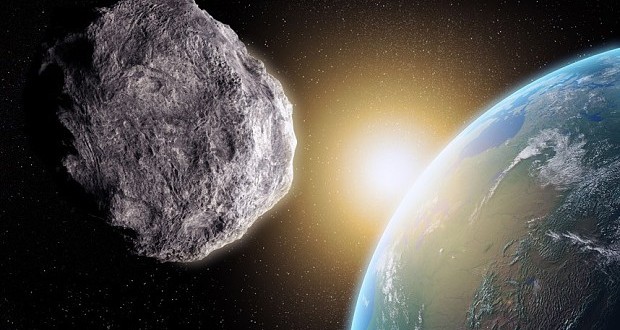Armageddonists around the world are breathing a sigh of relief, after it was confirmed that an asteroid heading towards the Earth passed by safely on Monday.
According to the Minor Planet Center, which describes itself as the “nerve centre” of asteroid detection in the solar system, asteroid 2013 TX68’s closest approach occurred on at 13:42 GMT on 7 March 2016.
The asteroid, roughly 62 miles in diameter, passed Earth at a distance of 2.5 million miles. There had been some uncertainty regarding the asteroid’s orbit because there were only a few opportunities to observe it after its initial discovery.
After NASA observed the asteroid in February, the space agency estimated a close approach of between 9 million miles and 11,000 miles from Earth. Additional observations refined the path of the object to as distant as 3 million miles from Earth and as near as 15,000 miles.
NASA’s Center for Near-Earth Object Studies (CNEOS) also mapped future flybys of 2013 TX68. The next time the asteroid makes a close approach to Earth will be in 2017, but it will not be a threat.
“The possibilities of collision on any of the three future flyby dates are far too small to be of any real concern,” Paul Chodas, manager of CNEOS, said in a statement. The asteroid flyby of Sept. 28, 2017, has a 1-in-250 million chance of hitting Earth, he said.
NASA recently created the Planetary Defense Office to better track near-Earth objects. Every day there are small asteroids making their close approach to Earth. There are even heavy impacts that go unnoticed for weeks. An object exploded over the Atlantic Ocean last month with an energy release equal to 13,000 tons of TNT, according to popular astronomer and science blogger Phil Plait. That seems like a disastrous scenario, but Plait said these events are fairly common, with the Earth being bombarded by 100 tons of material each day.
Agencies/Canadajournal
 Canada Journal – News of the World Articles and videos to bring you the biggest Canadian news stories from across the country every day
Canada Journal – News of the World Articles and videos to bring you the biggest Canadian news stories from across the country every day



